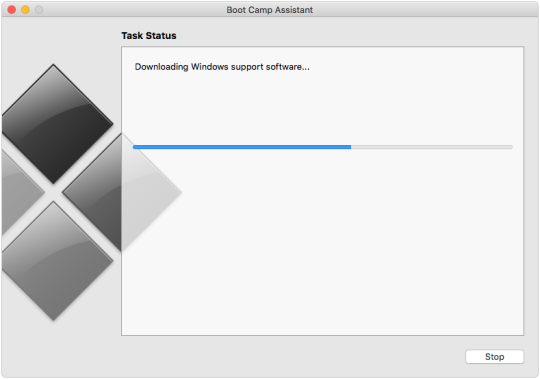

(You might need to go the top menu to exit Safari). Then type, log in with your itunes credentials. Select the "Get HELP Online" item which will open Safari. Try another USB port and wait 10 sec again. If it does not detect it after 10 sec and you only see your hard-drive. Select the Orange icon (aka a USB stick) labelled El Capitan.Start your Mac, press immediately OPTION (aka ALT).Plug-in your USB key on a turned-off computer.I created a USB disk with a bootable El Capitan as per this documentation.Once installed, the date can be changed back. I was then able to enter the Select Country Screen and continue completely with the setup. Where before it would fail after about 22% completion, this time it completed successfully without any intervention. I then clicked the Reinstall El Capitan from the Recovery Console Menu.With the terminal open, set the date back.On the top-toolbar, select Tools -> Utilities -> Terminal.

When the Recovery Console is shown, click the WiFi icon in the top-right and join a valid network.After start chime, hold CMD+Shift+R until the start up progress bar shows.Here is the actual procedure that worked, using the Internet-based Recovery: That made sense to me so I had an idea to set the computer's date back to a time that the security certificate would have been valid - and that worked! I stumbled on a secondary thread that someone mentioned Apple removes support for these downloads when the security certificates expire. It appears that Apple has removed El Capitan from their installer download page - they only have the Safari-only update feature, which did not meet my needs. I tried to follow suggestions on other sites, but the "Download old versions of Mac OS" threads are no longer valid for El Capitan. The recovery console listed El Capitan as the available OS, but trying to do an Internet-based recovery continually failed with a message similar to "Couldn't Install. I was trying to do a clean install for an Early 2009 27" iMac.


 0 kommentar(er)
0 kommentar(er)
